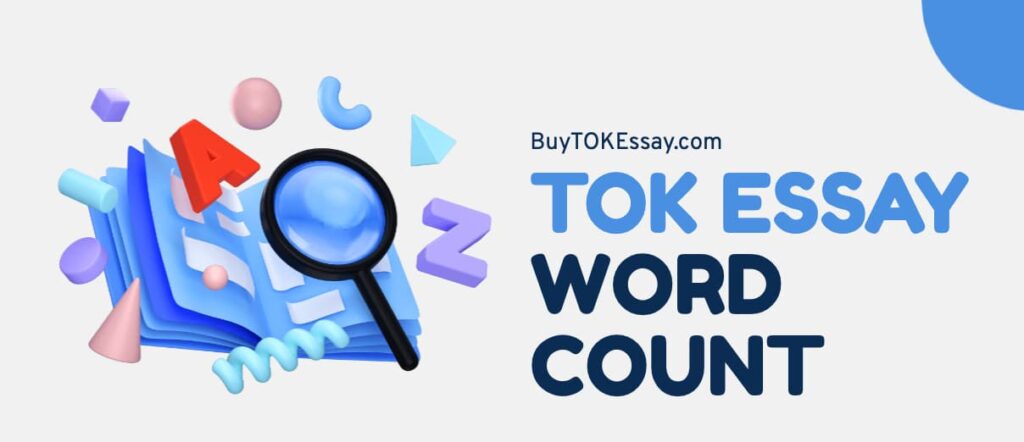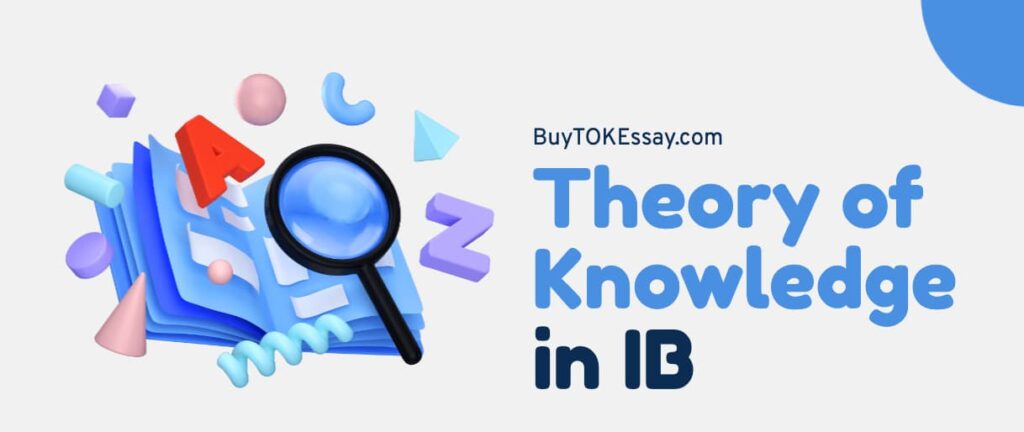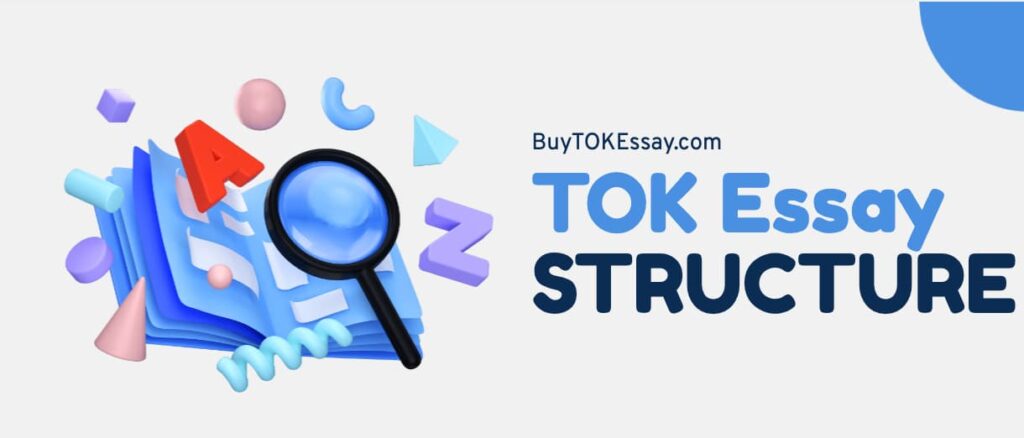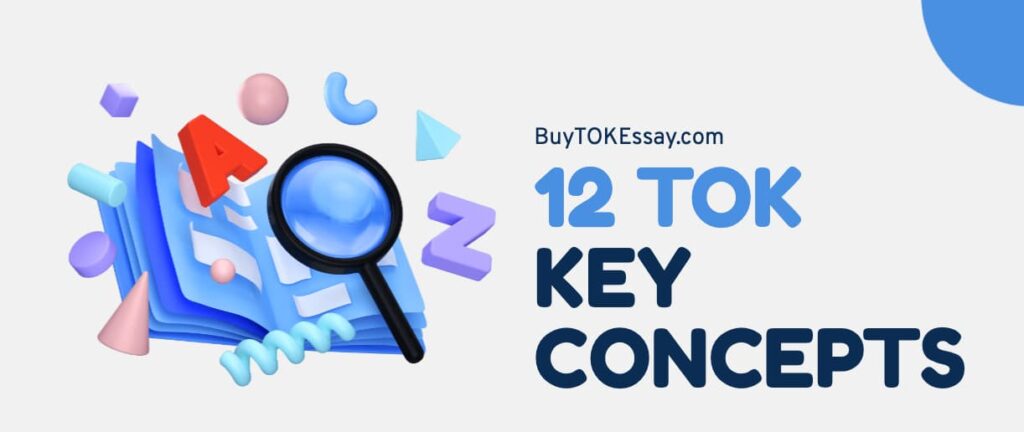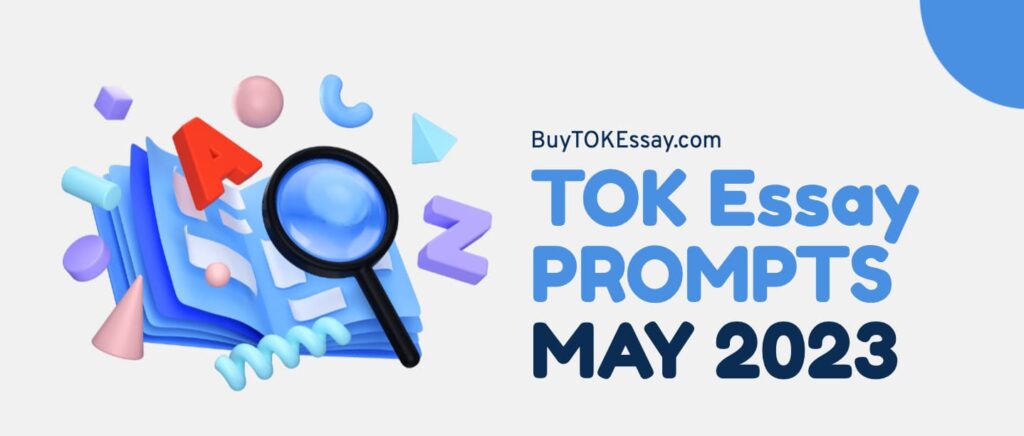Hello everyone! As a seasoned IB writer with a wealth of experience in the Theory of Knowledge course, I’m excited to guide you through the fascinating intersection of knowledge and language as one of the TOK optional themes. In my opinion, understanding TOK’s role in language study is not just educational; it’s a thrilling experience in how we perceive and communicate our world. Let’s start by discussing how these key concepts — knowledge and language — intertwine in TOK and why they are so important for students like you.
The Social Impact of Language and Its Connection to Culture
First, let’s look at how language is a powerful societal tool. In my experience, language is not just a means of communication; it’s a powerful instrument of influence and power. Take political speeches, for example. These carefully chosen words can sway public opinion and shape the political landscape. Similarly, in advertising and media, language shapes our perceptions and choices. In essence, understanding the power of language in society helps you, as a student, to critically analyze and interpret the world around you.
Also, as I know from my extensive work with IB students, language is essential to cultural identity. This connection becomes even more intriguing when we consider bilingualism. Speaking two languages can provide a unique perspective on different cultures and enrich your understanding of the world.
Interestingly enough, language is not static. It evolves, adapts, and changes over time, especially with the advent of technology and social media. From my perspective, this evolution is not just a linguistic phenomenon but a reflection of our changing society. Understanding this evolution can provide valuable insights into how we communicate and interact in our modern world.
How Language Mirrors and Shapes Knowledge?
Let’s reflect on how language is both a mirror and a shaper of knowledge and reality. In my view, language does more than just reflect our understanding.
This section will highlight examples from various fields, illustrating how language constructs our perception of reality and knowledge. By the way, we recommend reading the article about the challenges of translating knowledge across languages in TOK.
In Science and Technology
Technical language in science and technology doesn’t just describe phenomena; it often defines them. For instance, quantum physics terminology like “entanglement” and “superposition” do more than label concepts; they frame our understanding of complex physical realities. These terms guide our thought processes and even influence the direction of scientific inquiry.
In Literature and Arts
Artistic language, be it in literature, music, or visual arts, creates a unique reality. Consider how Shakespeare’s inventive use of language in his plays depicted and shaped the English language, introducing new words and expressions. Similarly, the language of music, with its rhythms and harmonies, can evoke emotions and create a narrative without a single spoken word.
In Law and Ethics
Legal language is a prime example of how language constructs knowledge. The phrasing of laws and statutes doesn’t just reflect legal concepts; it actively shapes our understanding of what is permissible and what is not. The interpretation of these words can lead to significant differences in legal outcomes, demonstrating the power of language in constructing legal realities.
In Politics and Media
The language used in politics and media can significantly influence public opinion and perception. The choice of words in news reports, speeches, and political debates frames our understanding of events and issues. For instance, labeling a group as ‘freedom fighters’ versus ‘insurgents’ can change the entire perception of a conflict.
In Everyday Communication
Even in our daily interactions, the language we use shapes our reality. The words we choose to describe our experiences can affect our and others’ perceptions of those experiences. For instance, describing a task as “challenging” versus “impossible” can alter our mindset and approach.

Real-World Issues about Language
Real-world issues highlight language’s profound impact on various aspects of human life and society, making it a crucial area of study in the TOK curriculum:
- Language and Cultural Identity. Language loss can lead to cultural heritage and identity erosion in indigenous communities.
- Language and Power Dynamics. The impact of dominant languages on marginalized groups and the role of language in power structures.
- Language Evolution in the Digital Age. The effect of social media and technology on the evolution of language, including the emergence of internet slang and emojis.
- Multilingualism and Cognitive Development. Investigating the cognitive benefits and challenges of multilingualism in a predominantly monolingual world.
- Language and Gender. How language reflects and perpetuates gender biases and stereotypes.
- Language Preservation. The efforts and challenges in preserving endangered languages and dialects.
- Impact of Globalization on Language. The effects of globalization on language homogenization and the loss of linguistic diversity.
- Language in Education. The debate over language instruction methods in schools and its impact on learning outcomes.
- Political Language and Propaganda. Analyzing how political language is used to manipulate public opinion.
- Language and Artificial Intelligence. The challenges in teaching AI to understand and interpret human language nuances.
- Language Barriers in Healthcare. How language barriers impact patient care and the importance of medical interpreters.
- Linguistic Relativity. Researching whether the language we speak shapes our perception of reality.
- Language in Advertising. Examining how language is used in advertising to influence consumer behavior.
- Accents and Social Perception. The social implications and stereotypes associated with various accents.
- Language and Legal Interpretation. How language interpretation can impact legal outcomes, especially in international law.
- Sign Language and Deaf Culture. The recognition of sign languages and their importance in Deaf culture and identity.
- Language and Emotional Expression. How different languages express emotions and the concept of untranslatable words.
- Language and Immigration. Challenges immigrants face due to language barriers and the impact on integration and identity.
- The Digital Divide in Language Access. How limited internet access affects language learning and preservation in underprivileged communities.
- Language in Diplomacy. The role of language in international relations and the nuances of diplomatic language.
- Slang and Youth Culture. The evolution of slang within youth cultures and its impact on mainstream language.
- Language and Mental Health. Researching the relationship between language and mental health disorders like dyslexia or aphasia.
- Language in Advertising. The use of persuasive language in advertising and its impact on consumer behavior.
- Machine Translation and Cultural Nuances. The limitations of machine translation in capturing cultural nuances and idioms.
- Language and Censorship. The impact of censorship on language and expression, particularly in authoritarian regimes.
- Language in Tourism. The role of language in shaping tourist experiences and cultural exchanges.
- Language and Social Media Influencers. Analyzing the impact of influencers on language trends and youth communication styles.
- Pidgin and Creole Languages. The formation and evolution of pidgin and Creole languages and their cultural implications.
- Language and Colonialism. The impact of colonial languages on indigenous languages and cultures.
- Humor and Language. The role of language in humor and the challenges of translating humor across cultures.
- Language and Emotion Perception. How different languages perceive and express emotions differently.
- Language in Music and Poetry. Exploring the unique uses of language in music and poetry and their emotional impact.
- Language and Identity Politics. The role of language in identity politics and social movements.
- Language in Virtual Reality. The development of language and communication norms in virtual reality environments.
- Language and Neurodiversity. Understanding how language development varies in neurodiverse individuals, such as those with Autism Spectrum Disorder.
- Code-Switching and Identity. The social and psychological implications of code-switching between languages or dialects in different contexts.
- Language and Advertising Ethics. There are ethical considerations in using persuasive language in advertising mainly targeted towards vulnerable populations.
- Language in Historical Narratives. How language shapes our understanding of history and the portrayal of historical events.
- Language and Climate Change Communication. The role of language in shaping public understanding and response to climate change issues.
- Translation and Interpretation in Conflict Zones. Translators and interpreters’ critical role and challenges in conflict and war zones.
- Language and Social Class. How language can signify and perpetuate social class distinctions.
- Linguistic Determinism. Investigating the theory that language determines thought and perceptions of reality.
- Language in Cybersecurity. The role of language in cybersecurity, including communication strategies and phishing scams.
- Language and Accessibility in Technology. How language and communication are adapted in technology for people with disabilities.
- Language in Professional Ethics. The importance of precise language in professional ethics codes and practices.
- Linguistic Anthropology. Examining how language reflects and influences cultural practices and societal structures.
- Language in Cross-Cultural Negotiations. The nuances and challenges of language use in cross-cultural business and diplomatic negotiations.
- Language and Sensory Perception. Investigating how language influences our sensory perceptions and experiences.
- Language in Branding and Identity. Analyzing how language contributes to brand identity and consumer loyalty.
- Language in Cognitive Science Research. How language is used and studied in cognitive science to understand human thought processes.
These issues go to the heart of the multifaceted relationship between language, culture, and society and offer a broad spectrum for investigation within the framework of TOK.

Need Help with Your IB TOK Course?
Maximize your potential and boost the excellence of your work with the help of our experts at BuyTOKEssay.com! Whether you’re starting from scratch or fine-tuning your existing assignment to meet your supervisor’s demands, our team is here to make your dream of a perfect paper a reality. Say goodbye to writer’s block and hello to success with just one click.
The Role of Language in Educational Settings
Education and language are deeply intertwined. Linguistic barriers in educational settings present both challenges and opportunities for learning. Overcoming these challenges can lead to more effective learning strategies and a deeper appreciation of diverse perspectives. In my experience, accepting linguistic diversity in education enriches the learning environment and fosters a more inclusive and understanding global community.
As responsible communicators, we must consider the ethical implications of our language use. So remember the importance of using language responsibly, especially in an age when misinformation can spread quickly. According to the general IB criteria, ethical communication is paramount.
The Bottom Line
To sum up, the relationship between knowledge and language is dynamic and intricate, deeply influencing our understanding of the world. As an experienced IB writer, I hope this guide has been as enlightening for you as it has been for me throughout my career. Remember, language is not just a tool for communication; it’s a lens through which we view and understand our world. Keep researching, keep questioning, and most importantly, keep learning! Also, you can always contact BuyTOKEssay experts if you need help. 😉
